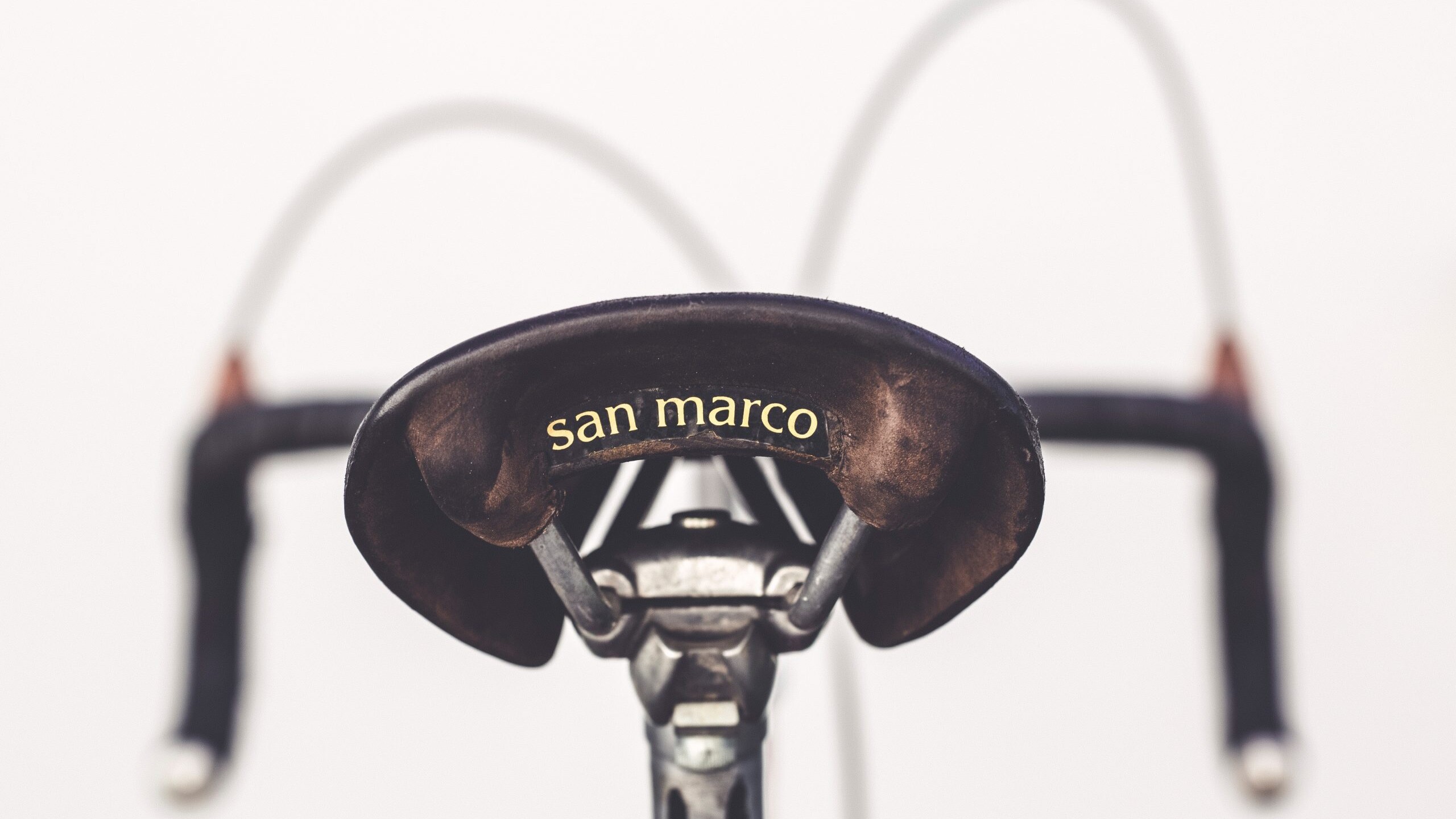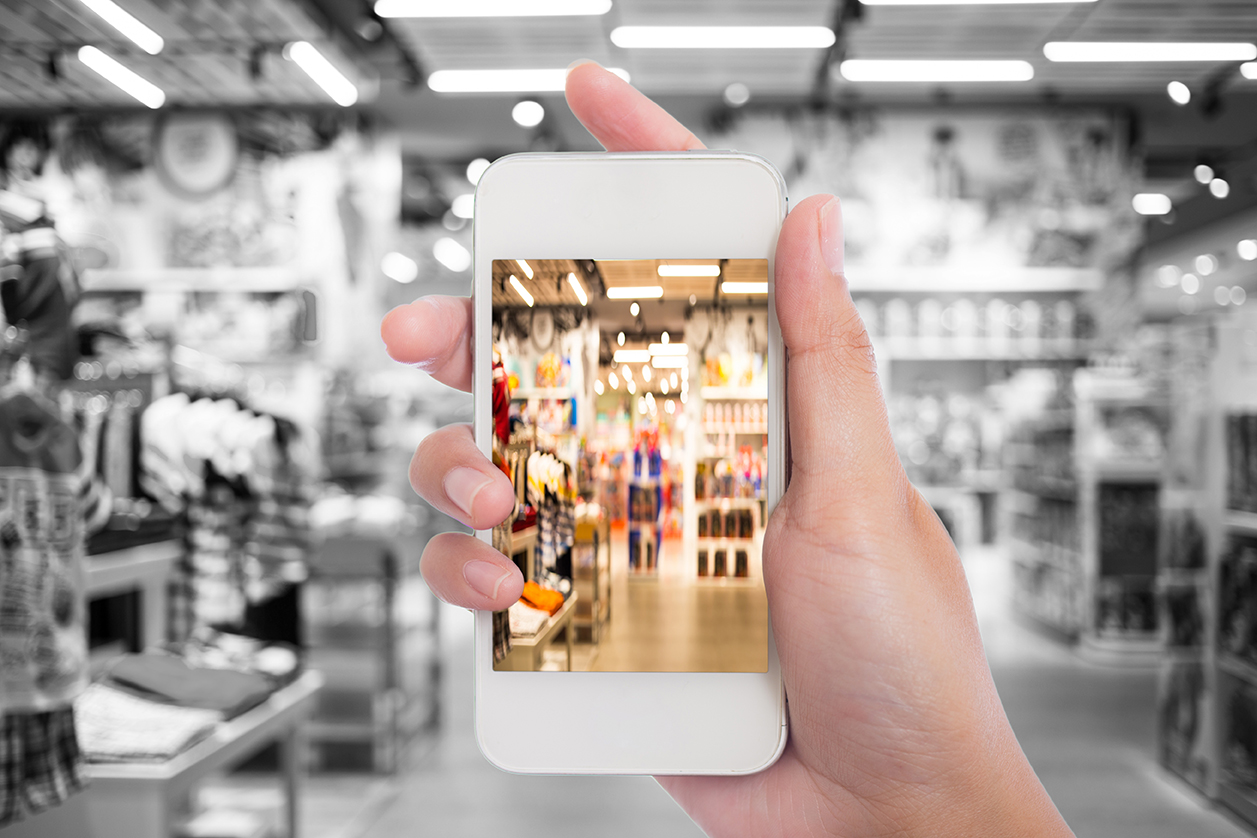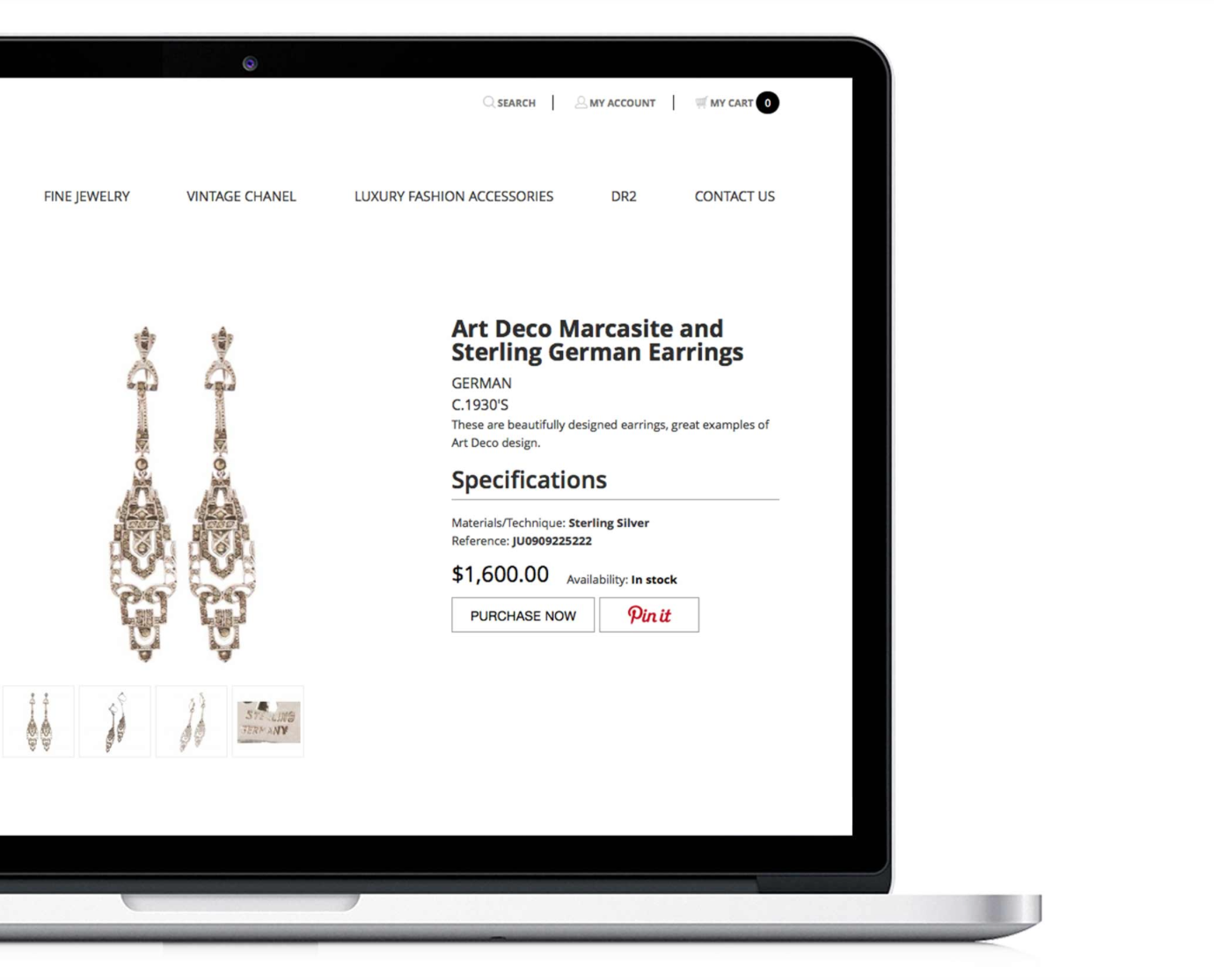6 Must-Have Ecommerce Web Design Elements
All websites aren’t created equal. There lies a vast set of differences between the inner workings of a business (informational site) and an ecommerce site. The goal is the same, to inform the user and lead them to a conversion – however – the pathway to completion have very different requirements. For an ecommerce site to even have a chance at survival, it must do much more than just look pretty. It must function far beyond first impressions and serve the user by being highly functional, trustworthy, experiential and don’t forget – purchase driven.
After concepting, designing and developing many successful ecommerce site, the team of designers and strategists at ArtVersion Interactive have come up with an essential list of elements that an ecommerce site cannot go without.
User-Centric Navigation
Just as it sounds, navigation is the map that a customer will use to direct them to conversion. Smart navigation is critical to the success of an ecommerce site. A user will not endure going through a maze to get what they need. They will leave the site and find what they need somewhere else. Categories should be easy to find, well organized and in simple terms. Keeping the same language, even being redundant, throughout the site is key.
Mobile Accessibility
The fact is that without a mobile presence in place, an ecommerce site is simply doing it wrong. Drop rates are rampant for sites that are not mobile-friendly equating to money left on the table for a business that has chosen not to optimize. The average consumer is highly technologically versed, and this means that a smaller screen will not suffice. Purchasing from multiple screens, the user demands a seamless experience which can only be delivered through Responsive Design (RWD).
Industry & Off-Line Brand Alignment
An element of surprise in a campaign or product launch is always a welcome shift for a brand – but its also important to stay on-brand. Designing a site that is consistent with the brand it represents out of the digital sphere will build recognition. It’s also important to include elements of design and context that are relevant to the industry – a luxury lifestyle brand for instance will not have the same requirements and user expectations as a healthcare site.
Detailed & Quality Photography
The ecommerce experience is all about simulation. Most of the time, the user has not seen the product in person and must rely on images leading them to a purchase. Particularly if an ecommerce retailer is looking to increase the average sale made (who wouldn’t?), quality photography is key. Just having one photo isn’t enough – capabilities to either see multiple angles of the product or zoom in to item details, require a retailer to have in-house photography or request them from their supplier. While good quality images can increase business, they can also drive down the speed of a site. Combining or compressing images is recommended.
Fast Loading
Ecommerce web design is foremost about making the journey to the check-out as simple and fast as possible. Faster load time can (and will) lead to reduced bounce rates and increased time spent on pages. In these cases, a site is viewed as being more engaging, bringing more value to the user – all of these aspects bring the SEO of a site further up the ranks. As a result, with faster load speed, indexation is improved. This optimization of the index aspect is beneficial for ecommerce sites with many products, resulting in better visibility for a wide variety of products.
Trust Enforcers
Increasingly, customers simply will not become engaged with a business that will not extend a level of commitment to them. Building rapport with users through a defined attention to their true identity through service based offerings such as heightened customer service, a secure site verification (Secure Socket Layer, SSL), community building, live chat, special offers and transparent business practices will ensure a higher rate of return customers.
Next Item
Branding: Resonate With An Audience





